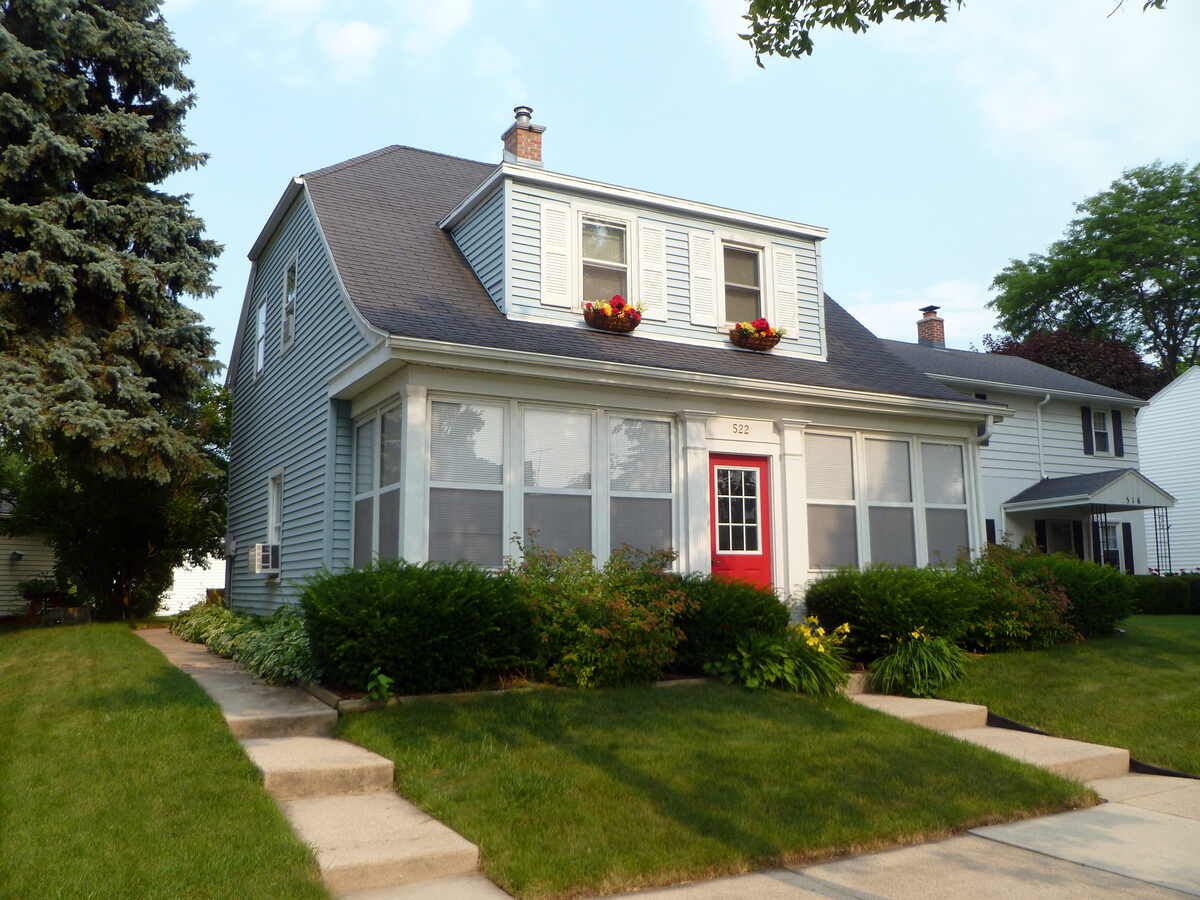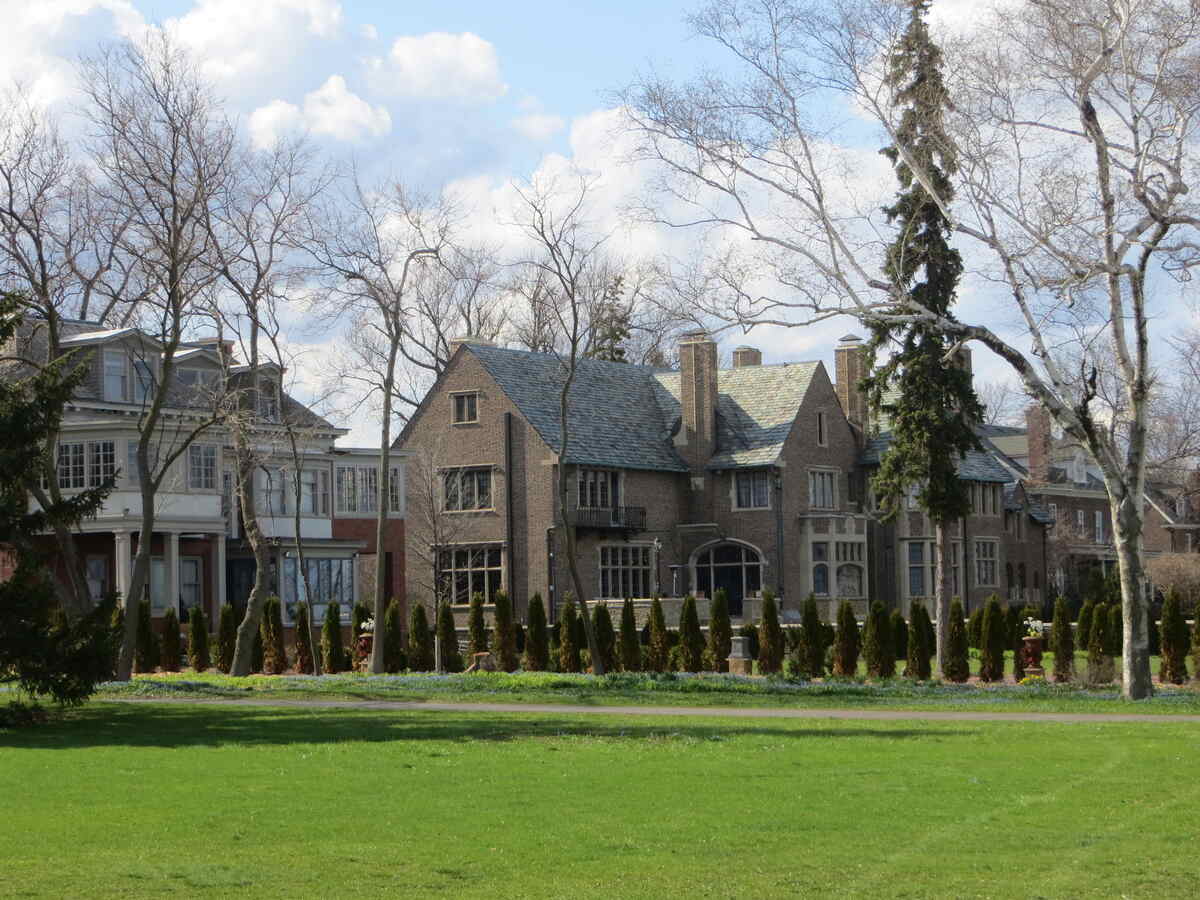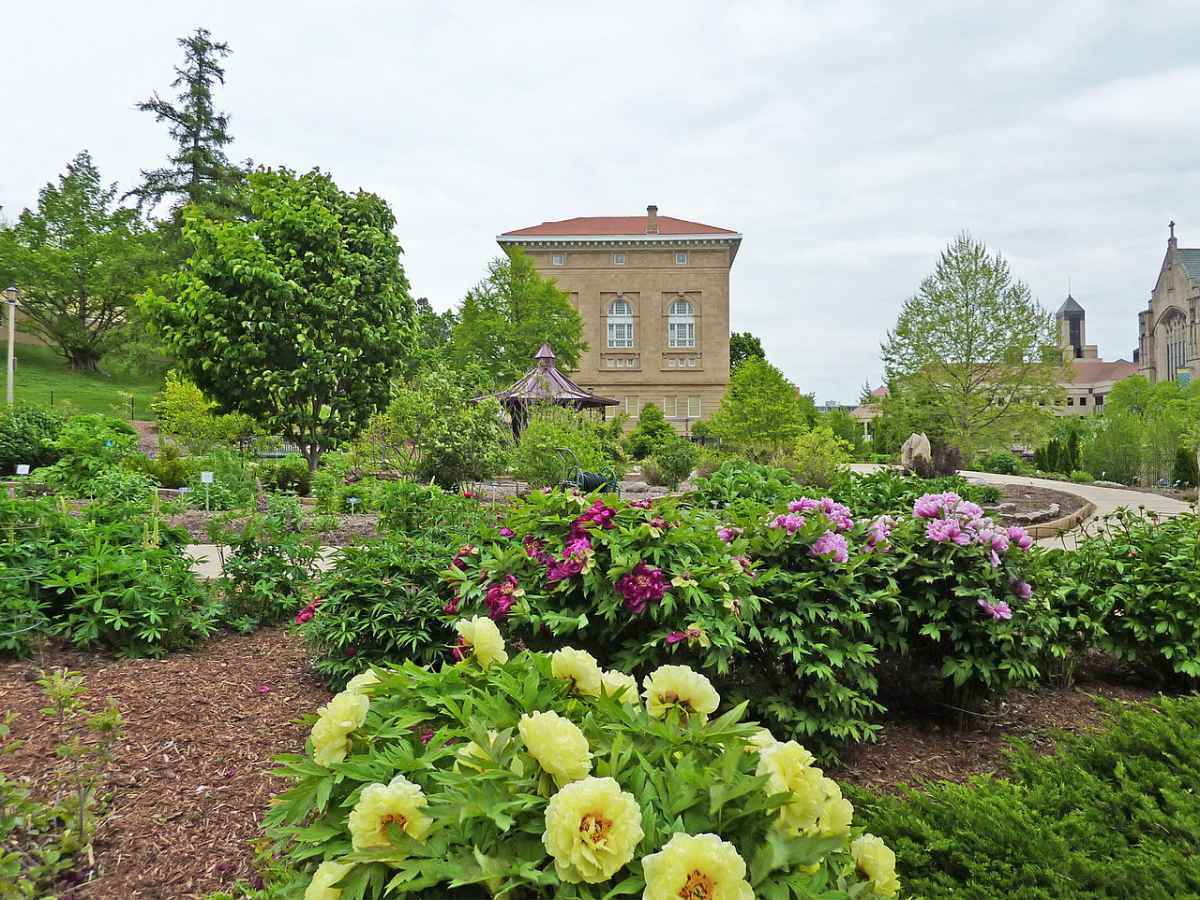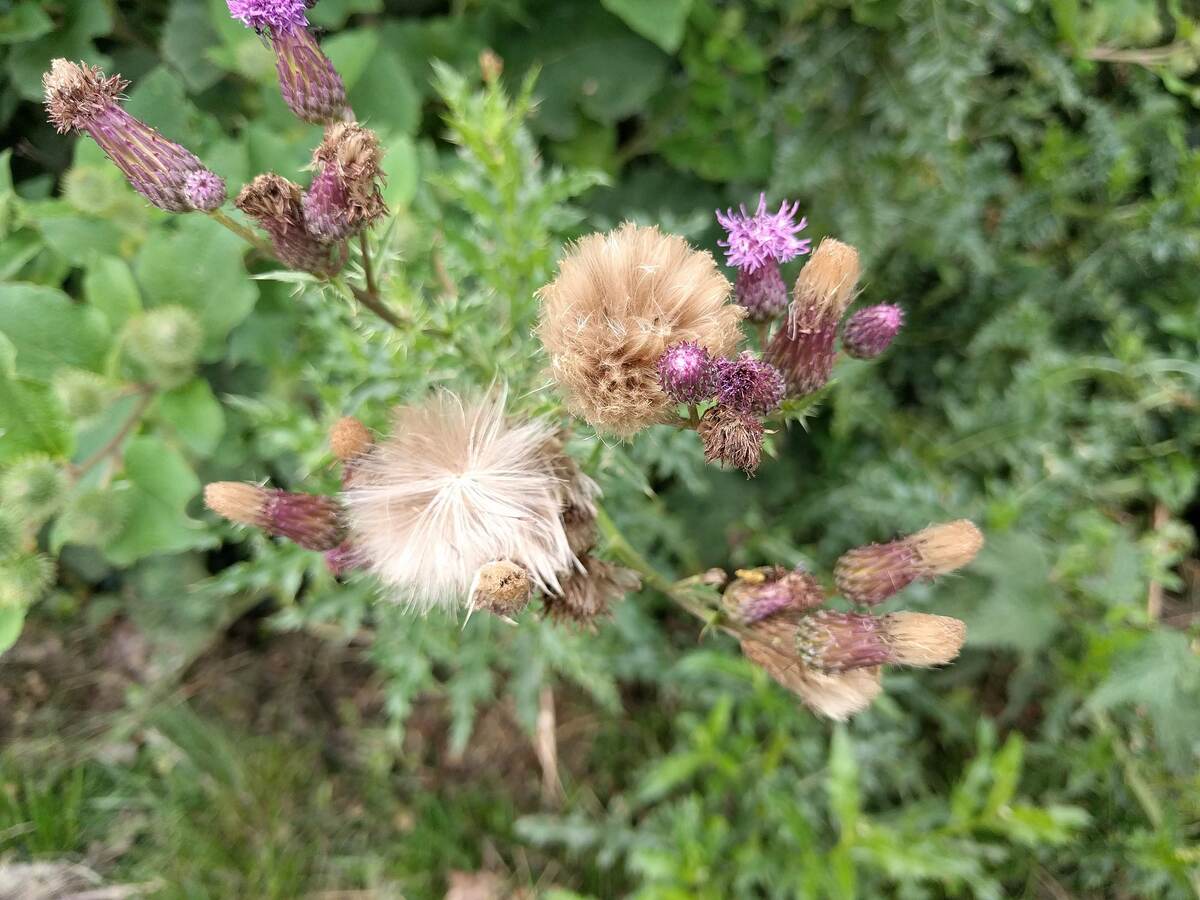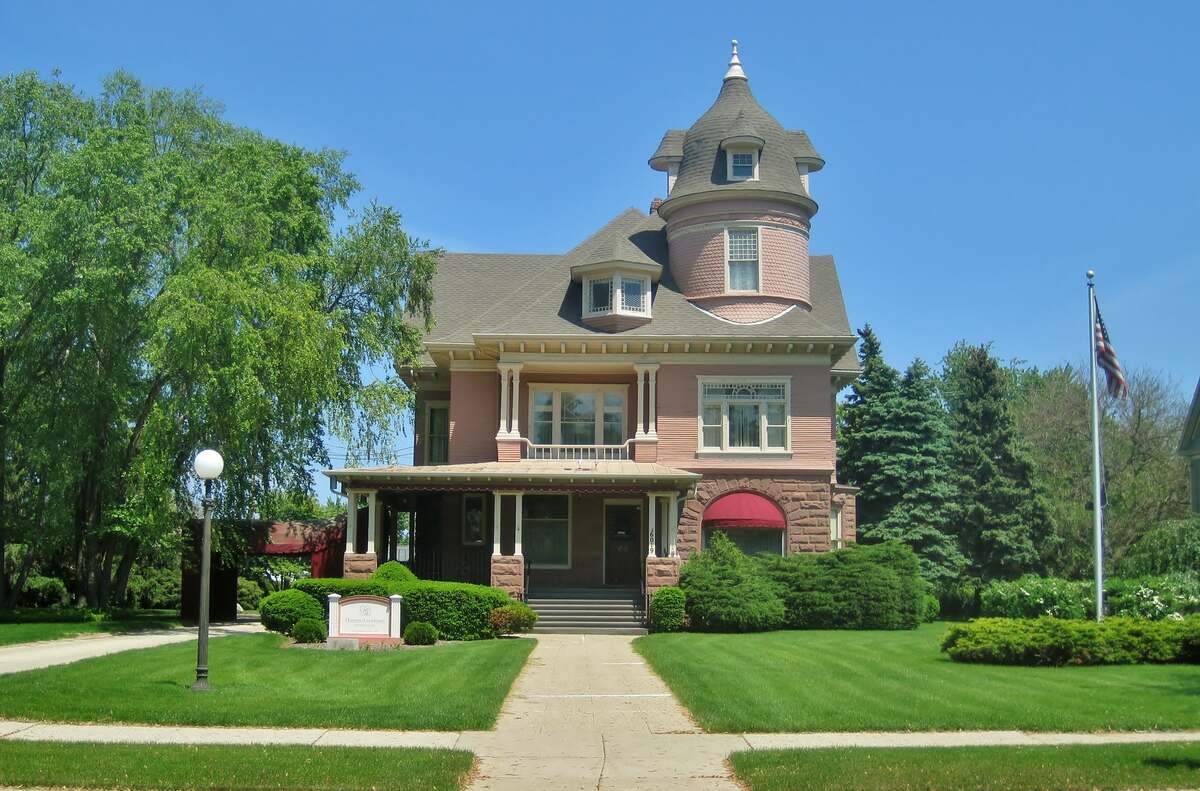
Late summer to early fall is the best time to plant grass seed in Wisconsin, but you can also establish a new lawn in April to mid-May if you miss the fall deadline as long as the soil is 50 to 60°F.
Timing is critical when planting grass seed because seeds germinate best in warm soil and when they don’t have to compete with weeds for water, sunlight, and nutrients.
When to Plant Grass Seed in Wisconsin
The best time to plant grass seed is fall, but springtime will work if the soil is warm enough.
Fall
Fall is the best time to plant grass seed in Wisconsin, particularly mid-August to mid-September. Reasons include:
- Perfect temperatures. The soil will still be warm from summer, and seeds germinate best in warm soil. Additionally, the temperature is starting to drop, and cooler air temperatures help cool-season grasses grow better. Conversely, high summer heat causes cool-season grasses to go dormant.
- Fewer weeds. Weeds start to die off in fall, so they won’t compete with tender grass for sunlight, water, and nutrients your seeds need to grow.
- Frequent rain. It rains more often in the last few weeks of summer leading into fall. Frequent rain keeps your grass seeds moist and helps them germinate.
Spring
If you miss the fall deadline, you can seed your lawn in spring as long as the soil is 50 to 60°F, which will usually happen between mid-April and mid-May.
Spring has similar weather and temperatures to fall, and cool-season grasses grow actively during this time, but there are several disadvantages:
- More weeds. Weeds germinate in spring, and your grass will have to compete with them for valuable resources.
- Cold soil. Coming off a cold winter, the soil is still cold, so it takes longer for the seeds to germinate.
- Summer on the horizon. If you overseed in the spring, your grass will still be young. As a result, the summer heat may turn it brown and cause it to wilt.
- Struggles with pre-emergent herbicides. Pre-emergent herbicides create a barrier that stops weeds from growing, but they also keep grass seed from germinating, ruining the purpose of overseeding.
Factors to Consider When Planting Grass
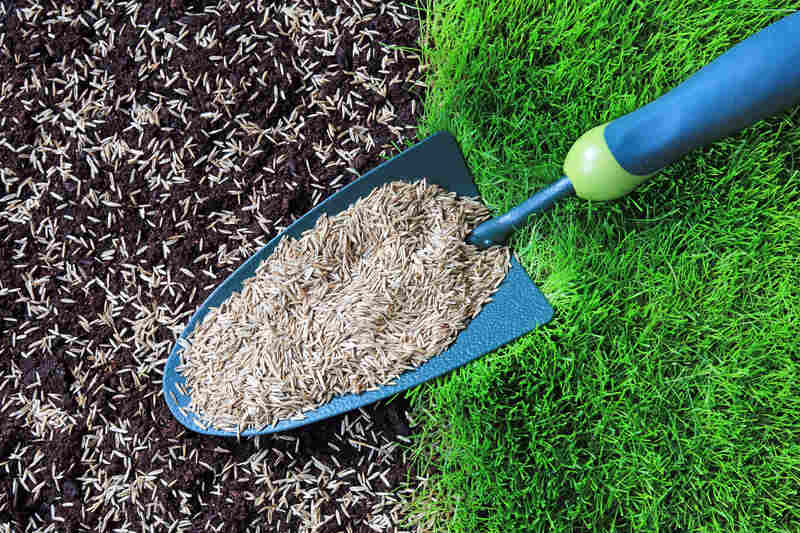
Having a lush, green lawn isn’t as simple as “pick a grass and go”. To ensure the best possible lawn, several factors must be taken into account:
- Grass type. Each grass species is different, so you should understand their strengths and weaknesses, and also choose one that suits your personal preferences for appearance, durability, maintenance, and other things.
- Shade and sun. Some grasses thrive in full sun, while others do better in shade. Take note of the shadiest and sunniest areas of your lawn and choose a grass best suited to each.
- Soil conditions. The condition of your soil determines how successfully your grass will grow. Perform a soil test to assess its pH and what nutrients are in it.
- Climate. Southern Wisconsin is warmer than northern Wisconsin. Some grasses do better in one part of the state than the others.
The Best Grasses for Wisconsin Lawns

Photo Credit: Shutterstock
Cool-season grasses thrive in Wisconsin, and your lawn will probably consist of one of these grasses (Click the links for a more detailed description of each one):
- Kentucky bluegrass. It tolerates cold better than other grasses and withstands heavy foot traffic, but it requires a lot of watering, mowing, and fertilizing to keep its vibrant green color.
- Perennial ryegrass. This grass germinates quickly, has excellent foot traffic tolerance, and is the first to become green when the snow melts. However, its bunch-type growth habit means it can’t repair itself if it gets damaged.
- Tall fescue. It tolerates warm weather better than the other cool-season grasses, making it a great choice in southern Wisconsin. It can adapt to both sun and shade and grows in many different soil types.
- Fine fescue. It grows in various types of soil and is extremely cold-tolerant, helping it survive the harsh winters. It doesn’t require as much mowing as other grasses and does well in shade.
Frequently Asked Questions
How much does it cost to plant grass seed?
If done by professionals, the cost of planting grass seed ranges from $592 to $1,768. If you DIY, expect to pay between $149 and $449.
Can grass seed survive freezing temps?
Grass seed can survive a freezing, but not a frost. If a frost comes, grass seed will stay dormant in the soil until the temperature hits 50°F.
Can I fertilize my new grass?
A light application of starter fertilizer can give your new turfgrass a nutrient boost, helping it grow more vigorously. Try not to over-fertilize, as it will burn your grass instead of helping it grow.
Hiring a Professional
Planting grass seed at the right time can help get that Instagram-worthy lawn, but between getting your soil tested, watering your seeds, and mowing your grass, it requires a lot of work.
So why not pass the work onto LawnStarter? Whether you live in Racine, Appleton, Milwaukee, Madison, Green Bay, Kenosha, or anywhere else in the state, our pros will do the dirty work for you, helping you get the lawn of your dreams.
Main Image Credit: Urban J. Lewis House / Teemu008 / Flickr / CC BY-SA 2.0
